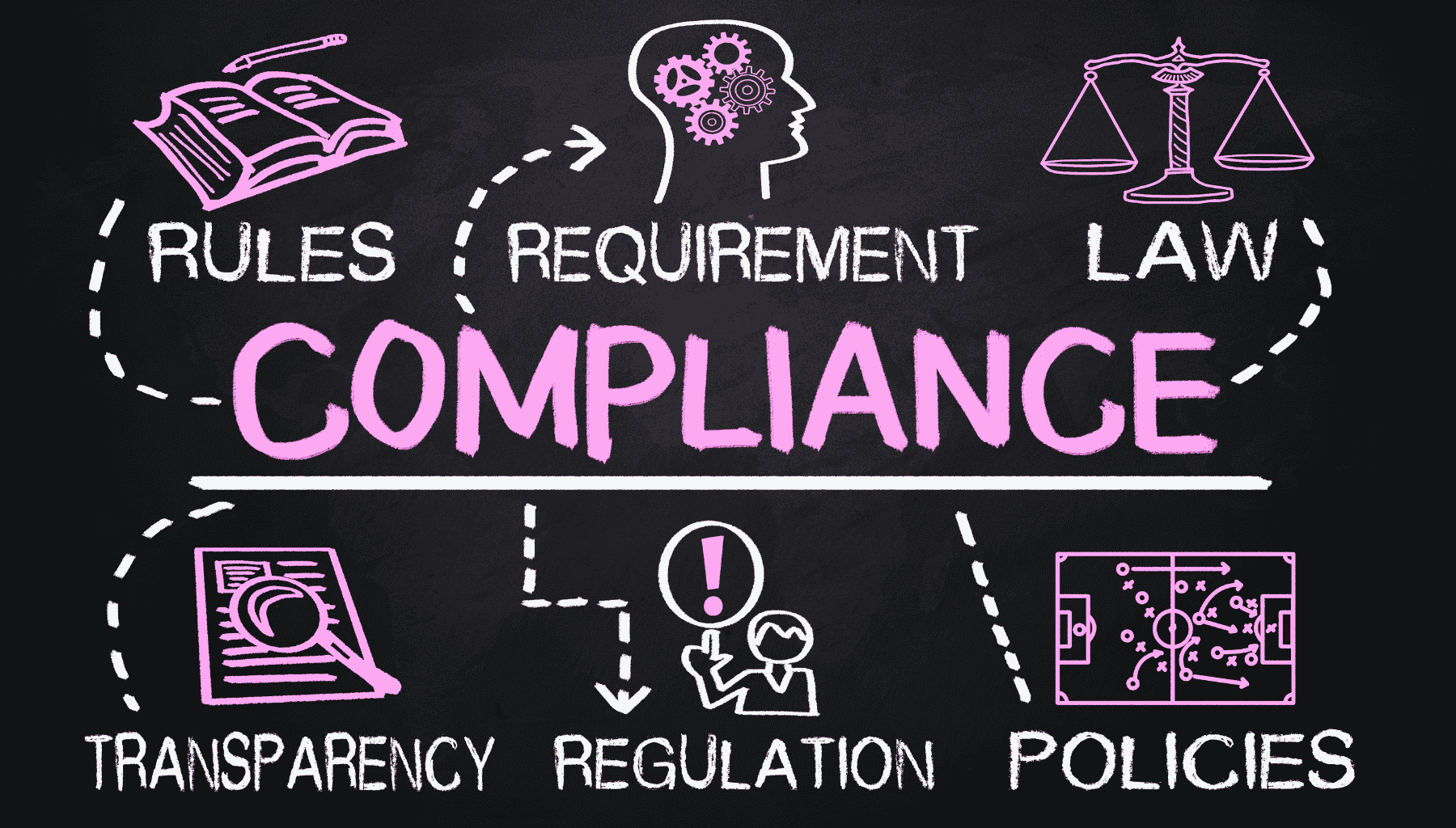Startup & Legal
- info@vega.org.in / support@vega.org.in
Book Your Free Consultation with Vega Consultants – Let's Build Success Together
Schedule a No-Cost Strategy Session for Tailored Solutions and Expert Guidance












Fast, Accurate & Hassle-Free Tax Filing — For Individuals, Businesses & Professionals Maximize refunds. Avoid penalties. Stay compliant. We help salaried employees, freelancers, consultants, NRIs, startups, and companies file ITRs with 100% accuracy and zero stress.


| Category | Condition |
|---|---|
| Individuals | Income > ₹2.5L (non-senior citizens) |
| Senior Citizens | Income > ₹3L (60–80 yrs), ₹5L (>80 yrs) |
| Businesses & Professionals | Regardless of income (if registered) |
| NRIs | If income is earned or received in India |
| Freelancers | If gross receipts exceed ₹2.5L |
| Companies & LLPs | Mandatory irrespective of income |


| ITR Form | Who Should File |
|---|---|
| ITR-1 (Sahaj) | Salaried individuals with income < ₹50L |
| ITR-2 | Individuals with capital gains, foreign assets |
| ITR-3 | Professionals & business income (non-audit) |
| ITR-4 (Sugam) | Presumptive income under Sec 44AD/44ADA |
| ITR-5 | Firms, LLPs, AOPs, BOIs |
| ITR-6 | Companies (except under Section 11) |
| ITR-7 | Trusts, political parties, NGOs |
⚖ Key Labour Laws in India We help your business comply with core labour regulations — from wages to welfare — ensuring lawful and ethical HR practices. Stay compliant and build a trusted employer brand.
PAN Card & Aadhaar
Bank account statements (all banks)
Form 16 (for salaried)
Form 26AS & AIS/TIS reports
Interest certificates (FD, savings, housing loans)
Rent receipts for HRA
Investment proofs (80C, 80D, 80G, etc.)
Capital gains statements (if applicable)
Business invoices & expense sheets (for ITR-3/4)
Foreign income details (for NRIs)
| Entity Type | Due Date |
|---|---|
| Individuals (non-audit) | 31st July |
| Companies & Audited Firms | 31st October |
| Tax Audit Reports | 30th September |
Form 16-based filing
HRA, 80C/80D deductions
Income from house property or capital gains
Auto-populated AIS and Form 26AS
Refund claim for excess TDS
Easy mobile-based document collection
Services:
Founders' ITR + ESOP tax calculation
Start-up presumptive tax regime (Sec 44ADA)
LLP & startup firm filings with Form 3CD
Loss carry-forward (up to 8 years)
Section 80-IAC deductions & angel tax compliance
Due diligence support for funding

Applicable ITR Forms: ITR-3 or ITR-4 (presumptive)
Key Services:
Books of accounts under Sec 44AA
TDS claim from Form 26AS
Professional expense deductions
Advance tax planning
GST and ITR integration
Income proof certificates for loans
We handle:
Company returns (ITR-6)
Partnership & LLP returns (ITR-5)
Director’s personal ITR (linked to DIN)
Audit reports (Form 3CA/3CD)
MAT/AMT computation
Depreciation, TDS, GST, and ROC sync
Features:
ITR-2 Filing for NRIs
Income sourced or accrued in India
NRE/NRO interest taxation
DTAA relief (Double Taxation Avoidance Agreement)
Disclosure of foreign assets (Schedule FA)
Repatriation & FEMA compliance

Who must pay Advance Tax?
Individuals with tax liability > ₹10,000/year
Due dates: 15th June – 15% , 15th Sept – 45% , 15th Dec – 75% , 15th March – 100% Late payment attracts interest under Sec 234B/234C.
Form 16: Salary-wise breakup + TDS deducted
Form 26AS: All TDS deposited under your PAN
AIS: Comprehensive income + investment report
TIS: Summary version of AIS
We match all sources before filing to avoid notices under Sec 143(1).
Covered Transactions:
Sale of shares, mutual funds
Property sales
Crypto/Virtual Digital Assets (VDA)
Inherited assets, gifts, etc.
Short-term vs long-term gains
Indexation benefits
Exemption claims (54EC, 54F)
Tax on crypto under Section 115BBH
Benefits:
Higher basic exemption limits
No advance tax up to ₹5L income (if pension + interest only)
80D & 80TTB deductions
Easy filing with Form 16, pension slips
Offline paper filing (if eligible)
We offer home-pickup and support for senior citizens filing ITR.
Claim tax refunds on excess TDS
Serve as legal proof of income
Apply for home/car/personal loans
Visa processing (USA, UK, Canada, etc.)
Register for startups, govt tenders
Carry forward business losses
Establish creditworthiness
Upload Documents or Email Us
We Assign a CA Based on Your Profile
Tax Analysis & Planning Call
Draft Filing for Your Review
Filing with DSC/eVerification
Acknowledgment Sent to You
Refund Tracking & Notice Response (if needed)
The new tax regime offers lower slab rates but removes most exemptions and deductions (like 80C, HRA, LTA, etc.). The old regime allows more deductions but has higher tax rates. Taxpayers can choose the regime that benefits them more.
| Income Slab | Tax Rate |
|---|---|
| ₹0 – ₹3,00,000 | 0% |
| ₹3,00,001 – ₹6,00,000 | 5% |
| ₹6,00,001 – ₹9,00,000 | 10% |
| ₹9,00,001 – ₹12,00,000 | 15% |
| ₹12,00,001 – ₹15,00,000 | 20% |
| Above ₹15,00,000 | 30% |
Note: A standard deduction of ₹50,000 is also now allowed under the new regime.
Yes. From FY 2023–24 onwards, the new tax regime is the default. However, salaried individuals can opt for the old regime by declaring it to their employer at the start of the financial year.
No. Most deductions (like 80C, 80D, HRA, LTA, and home loan interest under Section 24) are not available in the new regime. Only a few exemptions like NPS employer contribution, EPF, and standard deduction of ₹50,000 are allowed.
The new regime is ideal for:
Those with minimal investments or deductions
Young professionals or freelancers
People in lower income brackets (₹7L–₹12L)
If you invest heavily in 80C, 80D, or claim HRA, the old regime may give better tax savings.
Yes. If your total income under the new regime is up to ₹7 lakh, you will get a full rebate of up to ₹25,000, making your tax liability zero.
Salaried individuals: Yes, you can choose between the new and old regime every financial year.
Business/professional income: No. You can switch only once, and once you opt out of the old regime, you cannot go back.
Yes. From FY 2023–24 onwards, the new regime allows a standard deduction of ₹50,000 for salaried individuals and pensioners.
No. Unlike the old regime, the new tax regime has the same slabs for all individuals, including senior (60+) and super senior (80+) citizens. There are no additional benefits based on age.
You should calculate:
Income tax under both regimes
Deduction eligibility (80C, 80D, HRA, housing loan)
Refund possibilities or liabilities
Use a trusted tax comparison calculator or consult a CA. We also provide free tax planning consultations to help you decide.
